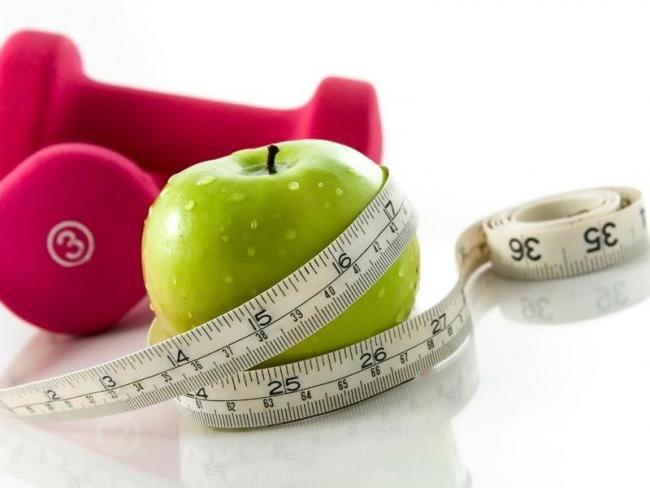
Cheat sheet with weight loss formulas.
Imagine that you find yourself in the middle of a lake in a boat – and then it starts to take on water. The first thing you need to do to avoid sinking is to find the puncture site. In the same way, the process of losing weight needs to begin with understanding what led to its gain. And the reason is almost always the same – an energy imbalance: in other words, when we eat more than we can spend.
How can you tell if there is something wrong with your energy balance?
There are several ways:
Method 1️⃣: calculate your body mass index (BMI): to do this, square your height (in meters), and then divide your weight by the resulting number. For example, if your height is 1.7 m and your weight is 60 kg, then the formula for calculating BMI looks like this:
60 / (1.7)² = 20.7
A BMI from 19 to 25 is considered normal. A BMI above 25 indicates overweight.
Method 2️⃣: measure your waist circumference. Sometimes this is an even more objective indicator than BMI, which can be elevated due to large muscle volume. Waist circumference for men should not exceed 94 cm, and for women – 80 cm.
A fair question: “And what to do next?”
📌 Track how much you eat.
Conduct an experiment: write down everything you eat for a week. Not only breakfast, lunch and dinner, but also any snack – right down to an apple and a glass of juice. It is best to indicate grams and the number of calories. Calorie tables on the Internet or special smartphone applications will help you calculate them.
📌 Calculate your daily calorie intake.
The “Golden Formula for Weight Loss” will help us with this. Multiply your current weight by the activity factor – and you will get the number of calories at which you gained the weight you have now.
“What is the activity factor?”
28 – a sedentary lifestyle (do not exercise);
31 – active (walk 10 thousand steps a day, exercise 2-3 times a week.);
33 – very active (5+ workouts per week).
If you weigh 70 kg and spend all day at a sedentary job, your maintenance calorie intake will be 70 X 28 = 1960 kcal. To start losing weight, you need to subtract another 500 calories from the resulting figure – and try to stick to the final figure.
Healthy food specialist Gennady Kelner
Addiction information:
Leave your email
and we will contact you soon